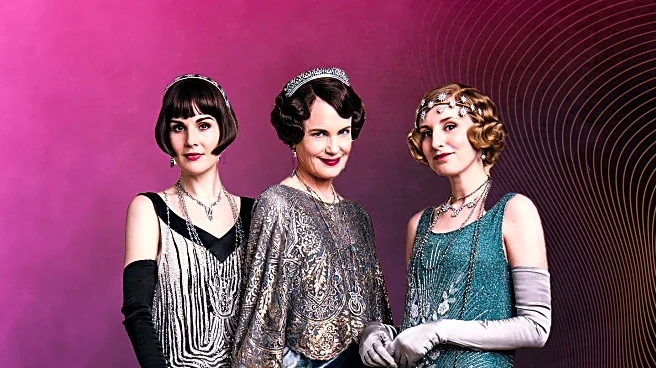What's Happening?
The television series 'And Just Like That,' a sequel to 'Sex and the City,' has concluded after three seasons, eliciting a range of reactions from its audience. The show, known for its blend of cringey and captivating moments, attempted to update its social politics with a more diverse cast. Key characters like Carrie Bradshaw, Miranda Hobbes, and Charlotte York Goldenblatt navigated late middle age, addressing issues such as grief, dating, and mortality. Despite initial criticism, the series gradually found its footing, with new characters like Seema Patel and Lisa Todd Wexley gaining prominence.
Why It's Important?
The end of 'And Just Like That' marks a significant moment in television, reflecting broader cultural shifts in how aging and diversity are portrayed. The series' attempt to modernize its narrative by incorporating diverse perspectives highlights ongoing discussions about representation in media. The show's evolution and eventual conclusion may influence future productions, encouraging them to explore complex themes related to age, privilege, and social change. This development is particularly relevant to stakeholders in the entertainment industry, including producers, writers, and audiences seeking more inclusive storytelling.
What's Next?
With the series concluded, there may be discussions about potential spin-offs or new projects that continue to explore similar themes. The show's impact on viewers and its role in shaping cultural narratives could lead to further analysis and critique. Industry professionals might consider how the lessons learned from 'And Just Like That' can be applied to future television projects, potentially influencing casting decisions and narrative structures.











